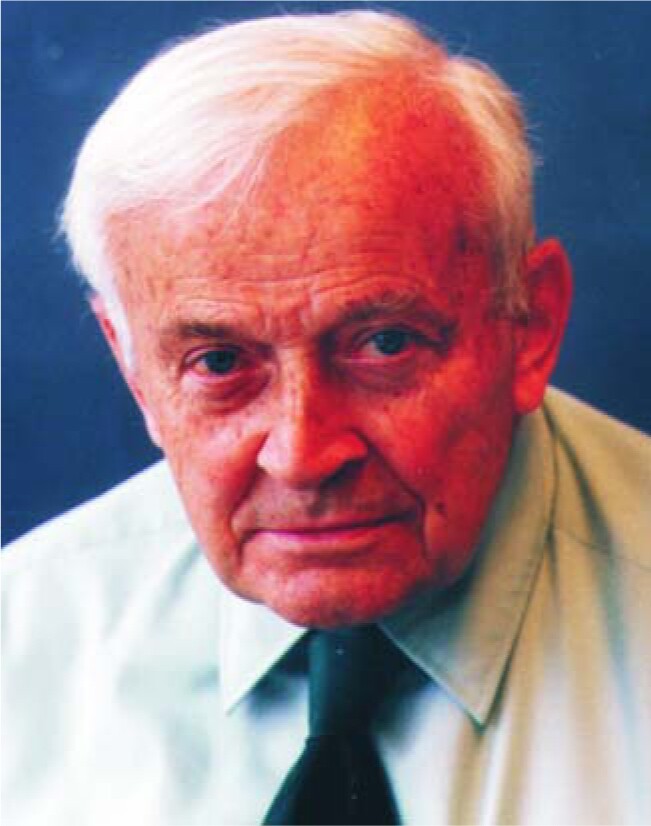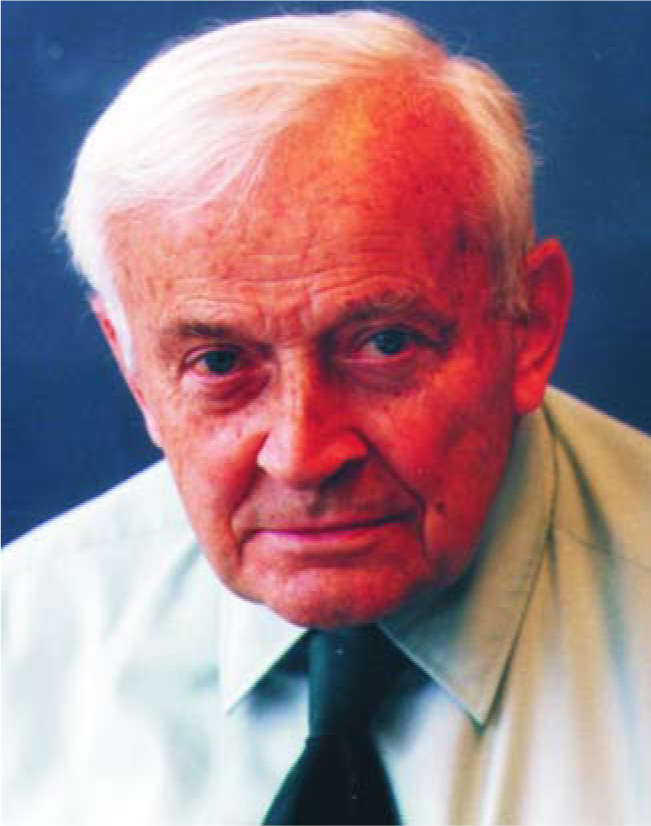Paul Leon Hartman
DOI: 10.1063/1.2195328
Paul Leon Hartman, a professor emeritus of physics at Cornell University who made pioneering measurements of synchrotron radiation, died on 20 May 2005 in Ithaca, New York.
Born in Reno, Nevada, on 13 July 1913, Paul earned a BS in electrical engineering at the University of Nevada in 1934. He then started graduate study in physics at Cornell, which led to thesis work with Lloyd P. Smith on an early linear accelerator. He received his PhD in physics in 1938, and after a year as a physics instructor at Cornell, he left to work at the Bell Telephone Laboratories in New York City for the next seven years. There, Paul was actively involved in developing centimeter-wave generators for airborne radar with Jim Fisk and Homer Hagstrum.
Paul returned to Cornell and academic life in 1946 as an assistant professor with a joint appointment in physics and in the brand-new program of engineering physics (EP), which addressed the need for a stronger physics component in engineering. Paul was an active charter member in formulating and guiding the program, which quickly developed an excellent reputation.
In teaching, Paul quickly moved into the leadership position in Cornell’s venerable advanced laboratory course, required of all physics and EP undergraduate and graduate students. Paul’s energy and wide-ranging skills as an experimentalist enabled him to interact effectively with students working on any of the more than 60 experiments in the course. He loved the challenge and satisfaction of teaching the course, which strongly influenced so many future physicists, and he continued in that role for nearly 40 years. Many former students went on to set up similar courses elsewhere, and he gave practical guidance on establishing such courses in his 1965 article in the American Journal of Physics.
Paul’s research focused on UV physics, especially photoemission from ionic crystals and the production of excitons. Yet he was perhaps best known for his early investigation, with colleague Diran Tomboulian, of the far-UV spectrum of synchrotron radiation emitted by relativistic electrons in circular orbits. The measurements were performed on the 300-MeV synchrotron at Cornell using a vacuum-UV spectrograph to record the intensity from 5 nm to 40 nm without intervening windows. The results were far-reaching, not only in confirming the predictions of Julian Schwinger for the spectrum in the far-UV and soft x-ray region, but also in demonstrating the potential of synchrotron radiation as a broadband x-ray and UV source.
Paul spent three sabbatical leaves and many summers at the Los Alamos laboratory in New Mexico, working on measurement of the light emitted by electron bombardment of the atmosphere. In his later years, he helped develop the Cornell High Energy Synchrotron Source (CHESS).
Paul enjoyed all parts of the traditional academic life, including advising students and patiently building faculty consensus for new programs. He served as associate director of Cornell’s School of Applied and Engineering Physics from 1971 to 1983. He also served as secretary of the Cornell University Faculty for three years in the late 1970s. His colleagues came to recognize and enjoy his unpretentious, direct, and personal style of writing, and many took to reading his minutes in the campus paper.
After his retirement in 1983, Paul turned to writing a memoir and informal history of the Cornell physics department. Blending his own clear recollections of pre–World War II days with nuggets from the early archives and his impressions of the rapid postwar expansion, Paul produced a very readable history. He continued with a similar history of the School of Applied and Engineering Physics, and another of the founding of Cornell’s Materials Science Center.
In 1993, Paul put together a similar informal history of the early years of the Physical Review, which was started at Cornell in 1893 and spent its first 20 years in Ithaca before being taken over by the American Physical Society. That history was published in 1994 by the American Institute of Physics on the occasion of the centennial of the Physical Review.
Throughout his life, Paul enjoyed many interests. An amateur astronomer, he built and owned numerous telescopes. He also pursued photography, baked bread weekly, grew grapes and made wine, gardened, painted, donated blood regularly, and volunteered for the Red Cross. He camped and hiked throughout the US with family and friends.
We will miss a warm and enthusiastic colleague who loved experimental physics.


More about the Authors
Douglas B. Fitchen. Cornell University, Ithaca, New York, US .
Neil W. Ashcroft. Cornell University, Ithaca, New York, US .
John Silcox. Cornell University, Ithaca, New York, US .
